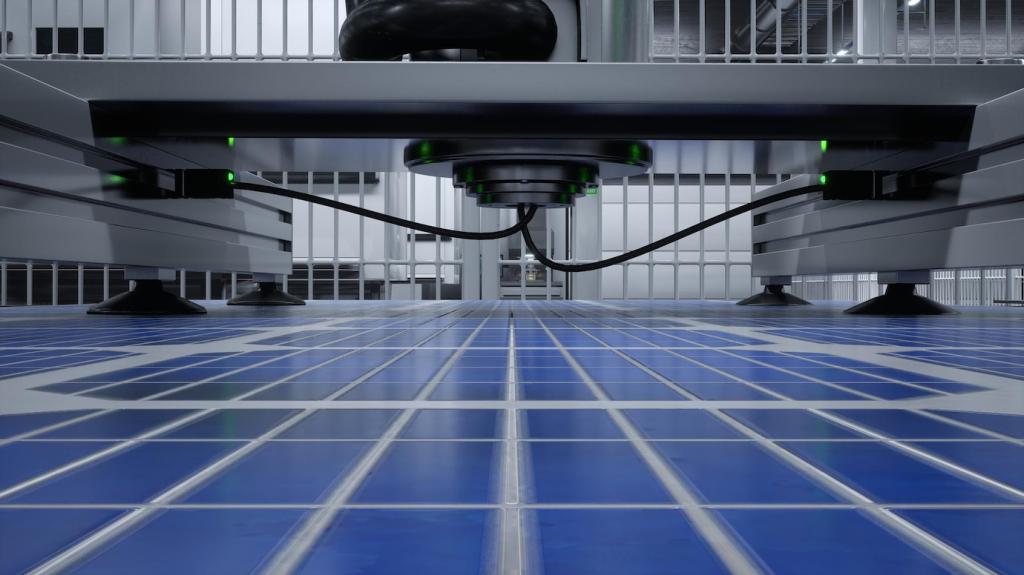Integrating Renewable Energy in Smart Home Design
Chosen theme: Integrating Renewable Energy in Smart Home Design. Step into a future where your home produces, stores, and intelligently manages clean power with ease. Enjoy comfort, resilience, and delight—beautifully automated. Share your goals in the comments and subscribe for weekly ideas you can actually use.

Isolated gadgets save a little; integrated systems transform your lifestyle. A smart inverter, battery, heat pump, and lighting work together, shifting loads to sunshine hours and protecting comfort when clouds roll in.

Rooftop PV and smart inverters
Modern photovoltaic arrays pair with smart inverters that handle export limits, ride-through events, and grid support. Their APIs connect to home energy managers, enabling targeted automation instead of crude all-or-nothing control.
Micro-wind and siting realities
Small wind can shine on open, windy properties but disappoint in dense neighborhoods. When sited well, wind often complements solar’s midday output by producing during gusty evenings and shoulder seasons, smoothing your home’s energy profile.
Home batteries and flexible loads
Batteries handle overnight and storm gaps, while flexible loads—water heating, EV charging, dishwashers—shift to sunny hours. Consider vehicle-to-home capability, which can multiply resilience without new hardware beyond a compatible bidirectional charger.
Automation and Intelligence: Orchestrating Every Watt
01
Your home can preheat water, chill a thermal battery, or precool rooms before peak rates. When utilities signal scarcity, loads ease back automatically, sharing the savings while protecting your preferred comfort boundaries.
02
Interoperability matters. Matter, Thread, Zigbee, Z-Wave, Modbus, and SunSpec help bridges, inverters, and sensors communicate. Choose platforms that support open standards and a healthy ecosystem, then ask installers to document integrations clearly.
03
Design for graceful degradation. Rapid shutdown, islanding protection, transfer switches, and manual overrides keep households safe. If automation stalls, essential circuits continue, preserving lights, Wi‑Fi, refrigeration, and medical devices without drama.
Design First: Efficiency That Multiplies Renewable Impact
Air sealing, insulation, high-performance windows, and exterior shading cut loads dramatically. With smaller peaks, your renewable system works easier, batteries last longer, and comfort feels steady across seasons and weather swings.
Design First: Efficiency That Multiplies Renewable Impact
Variable-speed heat pumps, efficient ERVs, and induction cooktops convert clean electricity into comfort with precision. Right-sizing matters: overspec devices waste money and energy, while balanced systems deliver quiet, consistent performance year-round.






The winter storm that became a quiet movie night
When power failed, a family’s battery kept essentials humming: heat pump on low, Wi‑Fi, lights, and a projector. They streamed happily while neighbors searched for candles and blankets next door.

Avoiding the oversized inverter trap
A neighbor chose a massive inverter but a modest array, causing idle losses and missed savings. Better: size the inverter to realistic production and expand panels later with planned conduit routes.

Tell us your story and shape future posts
What worked for you? What confused you? Comment with photos or sketches of your setup. Subscribe to see your questions answered in future deep dives, checklists, and homeowner-friendly design blueprints.
Join our mailing list
